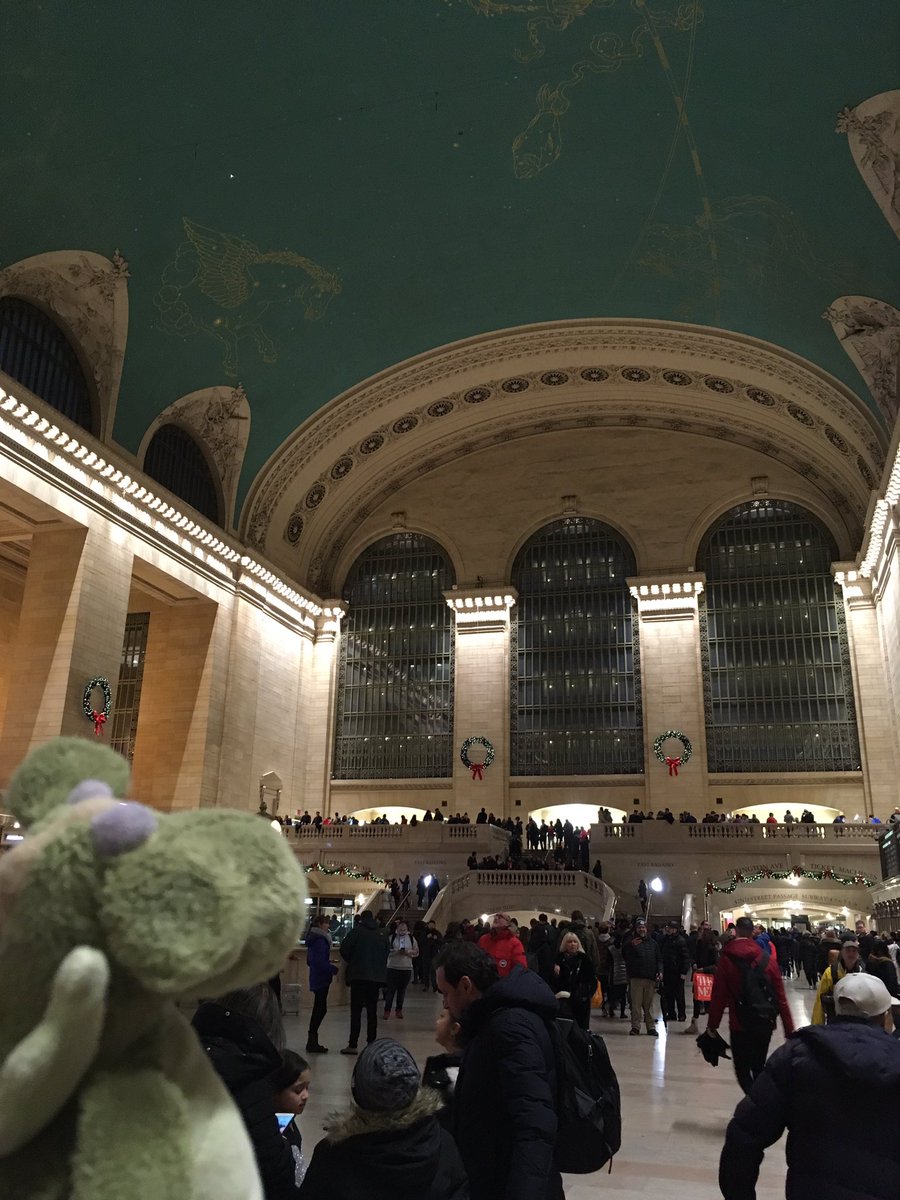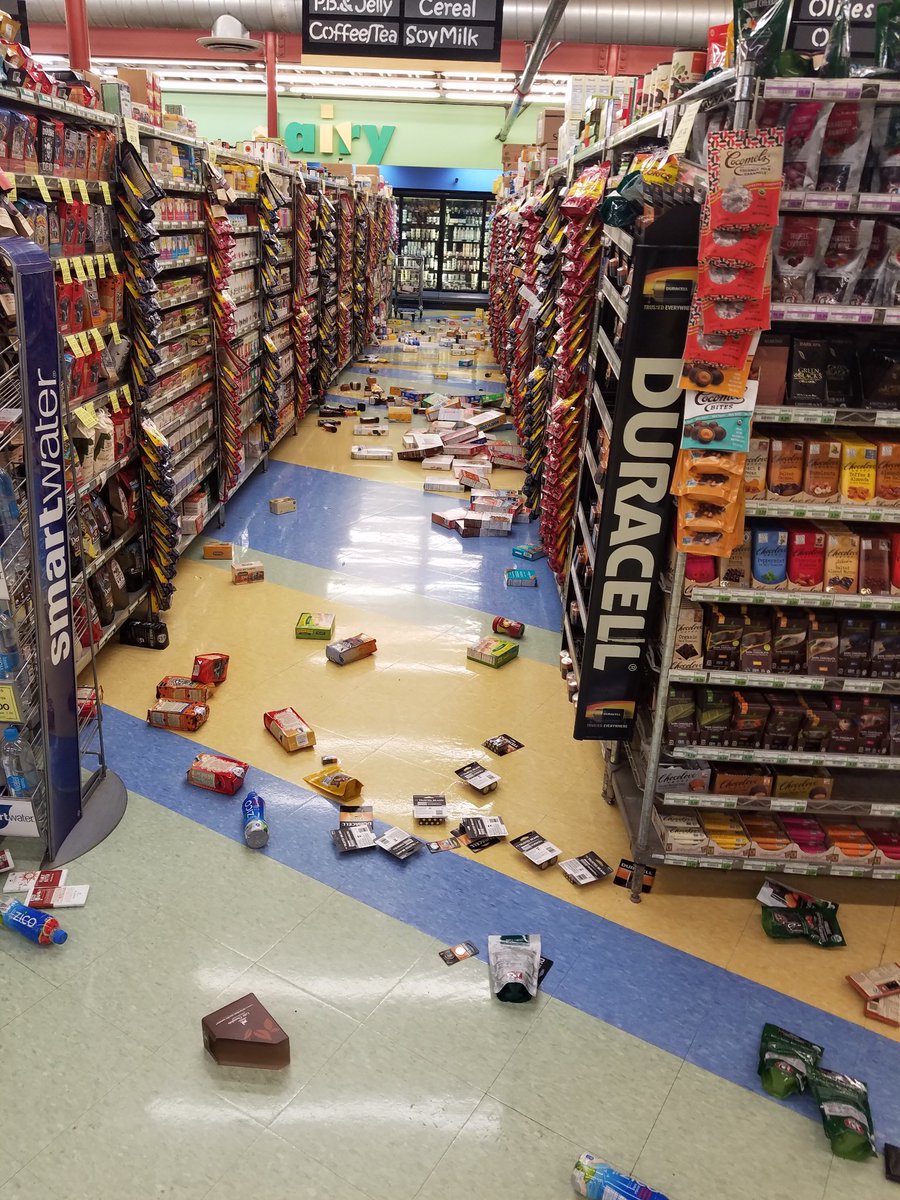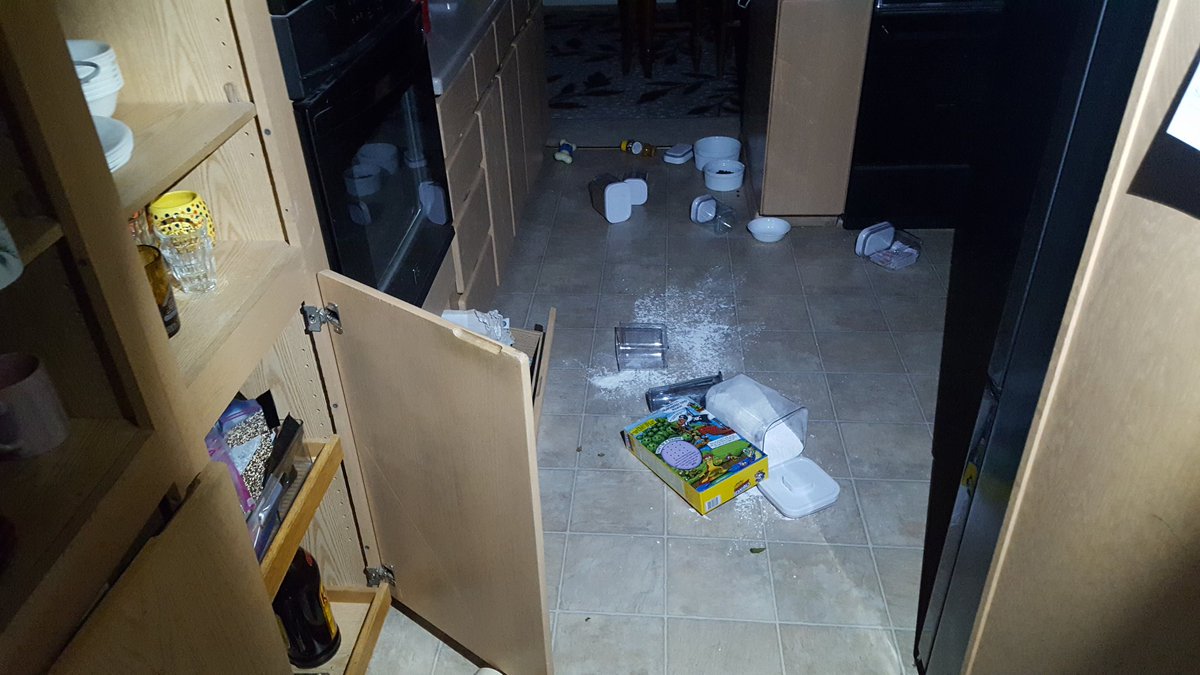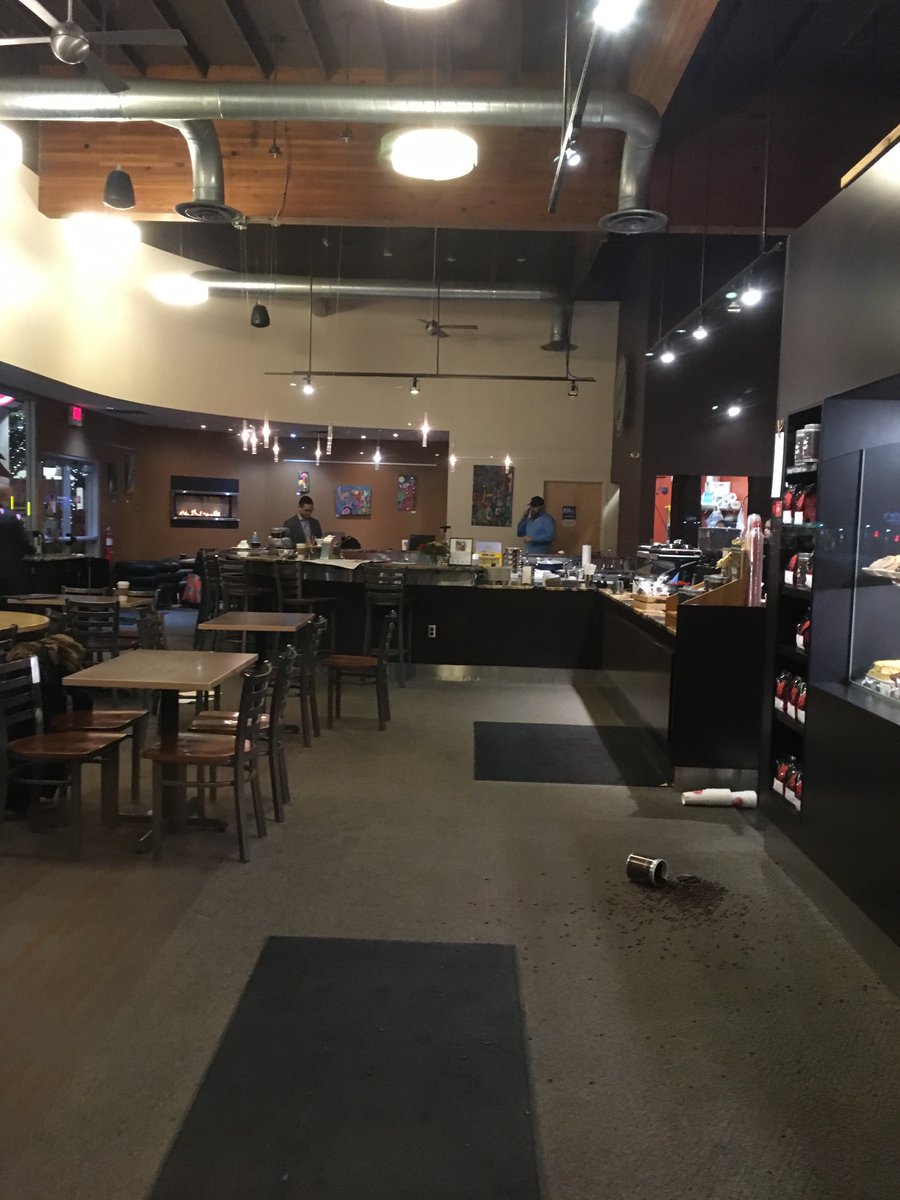Evergreen reminders:
1. Be aware if you’re adding info or noise to disaster hashtags.
2. Be careful boosting traumatic footage.
3. How’s your emergency kit & plan look?
Clickthrough for vid in typical institutional-boring room with little stuff:
Tsunami warning systems help farther from the source. Too near & they activate too slowly, or can miss highly localized tsunami (resonance inside fjords; landslide-triggered).
They should a be smaller, but... an unlucky quake can shake loose rockfall into water, triggering small tsunami. I’d personally stay off beaches.
I like Shakeout’s “Beat the Quake” game for self-testing how good you are at prepping a living room: shakeout.org/dropcoverholdo…
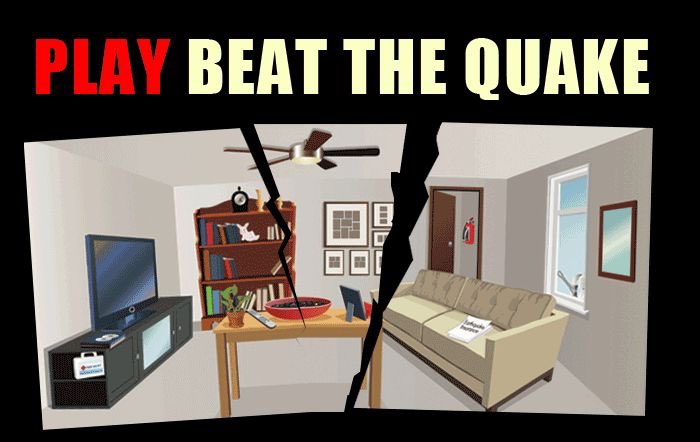
A: You spend roughly 1/3 of your life asleep. If a quake happens, STAY IN BED, curl up small, & cover your head & neck.
Prep: Secure shelves (books!), art, & other hazards.
ProTip: Keep shoes tucked under your bed.
Basic staples are often shipped in, but limited infrastructure makes for extremely vulnerable supply lines. Disrupting the port ripples down the chain.
Note 2: Reduction of government subsidies for northern rural services (esp comms & mail) resulting in monopolies or no services is a Big Problem.
Ports tend to be highly vulnerable as they need to be on flat coasts, thus saturated sediments prone to liquefaction + tsunami exposure.
Even infrastructure that’s not obviously damaged needs to be carefully evaluated, which gets delayed with every aftershock.
This is... non-ideal for disaster prep & response as infrastructure disruptions or rapid increase in demand (N95 masks during California fires) lead to shortages.
Bah, humbug.
A: Geologic timescales are longer than human timescales.
“The Big One” is fundamentally different in subduction zones (Alaska, PNW, Japan, Chile) vs transform zones (California).
Anchorage’s previous Big One was Good Friday, a M9.2 in 1964.
Probability percentage adjusting as they’re refining models, but currently 3% odds of a M7+ within a week:
A: Finally got a context shot. That section is running through a frozen marsh.
saturated soils + severe shaking = liquefaction
































